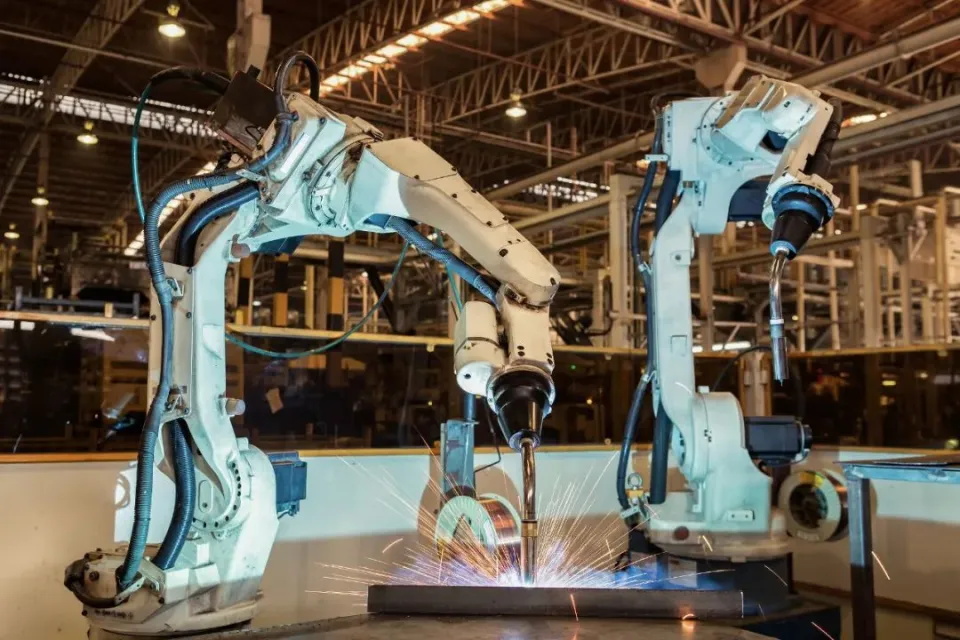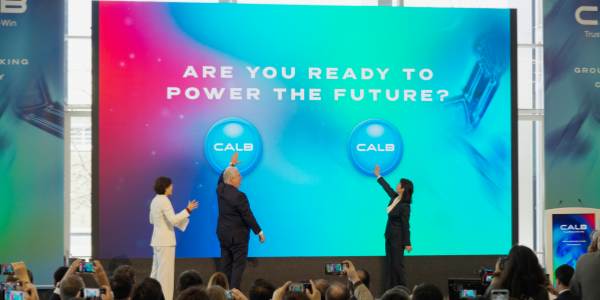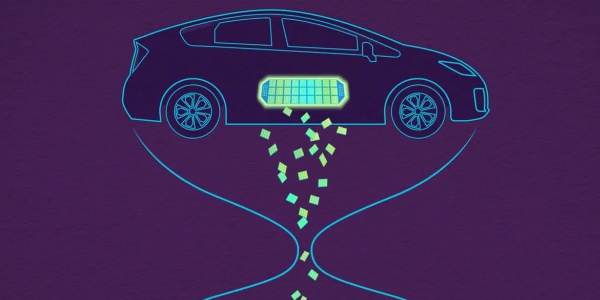LiFePO4 Batteries and Artificial Intelligence (AI): The Fusion of Future Technologies
In the fast-paced development of modern technology, LiFePO4 (lithium iron phosphate) batteries and artificial intelligence (AI) are two key technologies leading the future. These two seemingly independent technologies are actually intertwined on multiple levels, collectively shaping our future. As application scenarios continue to expand, the integration of these two technologies has gradually attracted significant attention from industries and the research community.
LiFePO4 (lithium iron phosphate) batteries, as a new type of lithium battery technology, have gradually become the mainstream choice in electric vehicles, renewable energy storage systems, and consumer electronics due to their excellent performance and safety. Compared with traditional nickel-cobalt-aluminum lithium batteries, LiFePO4 batteries have longer service life, higher thermal stability, and stronger safety features. On the other hand, artificial intelligence, as a disruptive technology, has penetrated various fields. This is bound to bring innovations in manufacturing and energy management, where the new lithium battery technology and AI will inevitably intersect and develop together. Today, we will discuss how the integration of LiFePO4 batteries and artificial intelligence will shine in various aspects.
The Fusion of LiFePO4 Batteries and Artificial Intelligence
The fusion of LiFePO4 batteries and artificial intelligence brings more innovative opportunities to various industries. In energy management systems, artificial intelligence can analyze the charging and discharging data of LiFePO4 batteries to predict the battery’s remaining power and lifespan, optimizing the charging and discharging strategies to improve energy efficiency.
In the electric vehicle industry
The combination of artificial intelligence and LiFePO4 batteries can achieve intelligent energy management for vehicles. By analyzing driving data, road conditions, and other information, the AI system can adjust the battery's output power in real-time, optimize the vehicle’s energy consumption, and further improve the driving range. At the same time, AI can enable autonomous driving functions, providing users with a safer and more convenient driving experience.
Automakers like Tesla and BYD use artificial intelligence technology to precisely monitor and manage the charging and discharging process of batteries. Through AI algorithms, the system can analyze battery health, charging efficiency, temperature changes, and usage patterns in real-time. This data helps adjust charging strategies, reducing battery wear and extending its lifespan. For example, Tesla's autonomous driving system and battery management system work together to optimize energy usage, enabling the electric vehicle to have a longer range.
In the smart grid sector
the integration of LiFePO4 batteries and artificial intelligence also holds significant importance. By using AI technology to analyze power usage data, predict electricity demand, and reasonably allocate the storage in LiFePO4 batteries, it can ensure stable grid operation and improve the reliability of power supply.

In the context of the fluctuating generation of renewable energy sources such as solar and wind, AI can predict energy demand and production, automatically adjusting the charging and discharging strategies of LiFePO4 batteries. For instance, in countries like the Netherlands and Germany, smart grid systems use AI to predict electricity demand and automatically adjust battery usage in the storage system, releasing stored energy during peak demand periods and charging during low demand periods. This technology greatly enhances grid stability and increases the utilization of renewable energy.
In the future, LiFePO4 batteries and artificial intelligence will become the core drivers of green energy and intelligent development. As the demand for energy efficiency and battery performance continues to grow in electric transportation, energy storage systems, and smart homes, the integration of the two technologies will significantly promote the development of related industries.

